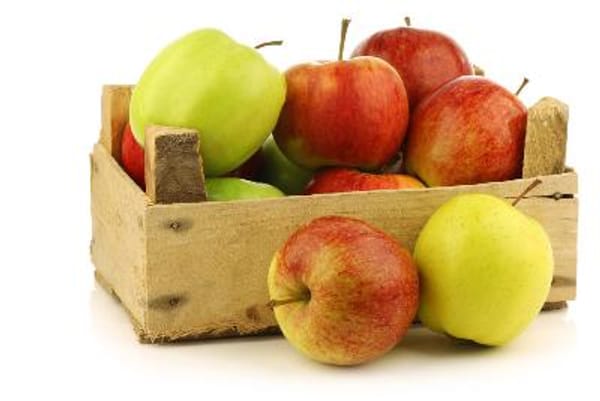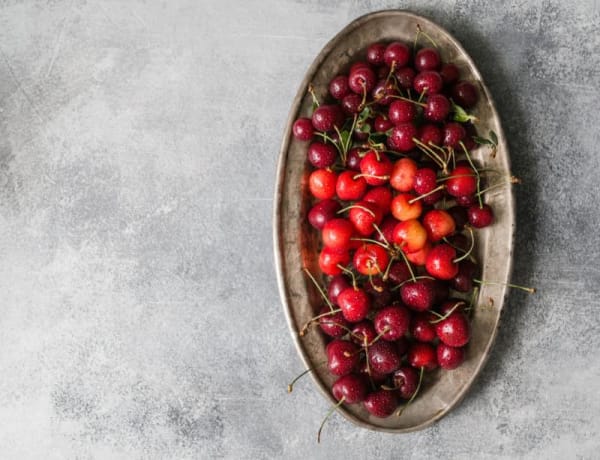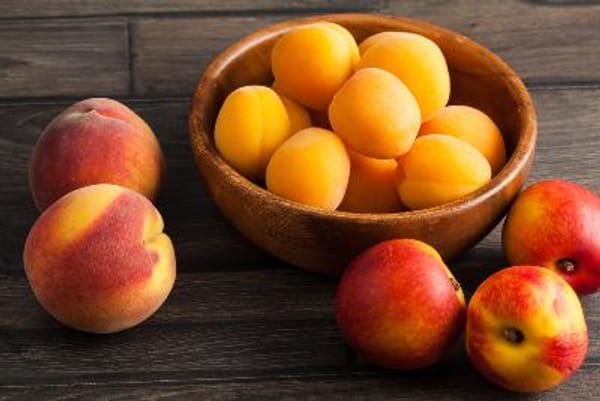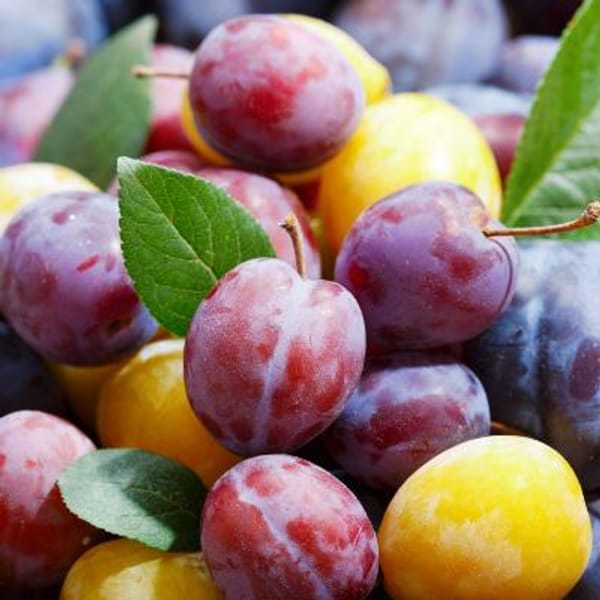Chocolate Persimmon - Variety Information
- On Sale! 15% off Pre-ordered Bare Root Fruit Trees (ends 12/31/25)
- Highly sought-after fruits. Hard to find in the market.
- These unusual, non-astringent persimmons are medium-sized and elongated.
- Similar to Fuyu Persimmon.
- Unique because the flesh inside is more brown than orange.
- When ripe they possess subtle notes of chocolate flavor.
- The texture is firm like the Fuyu Persimmon, as opposed to the soft Hachiya Persimmon.
- Sweet cocoa tinted flesh.
- The productive trees produce lime green new leaves in spring, which darken to emerald and flush to a brilliant orange in fall.
- Self-fruitful
- Grafted onto standard D. Lotus rootstock
- Click here to view "Fruit Tree Rootstock Information"
- Click here to view our "Fruit Tree Variety Chart"
- USDA Zone 7-10, Requires 200 chill hours to set fruit. Protect when temperatures fall below 0°F.
-
This is a pre-ordered item. It will be ready to ship starting January 2026.
Click here for our Bare Root Fruit Tree Growing Guide (pdf)
Guia de cultivo para un arbol de raiz desnuda







